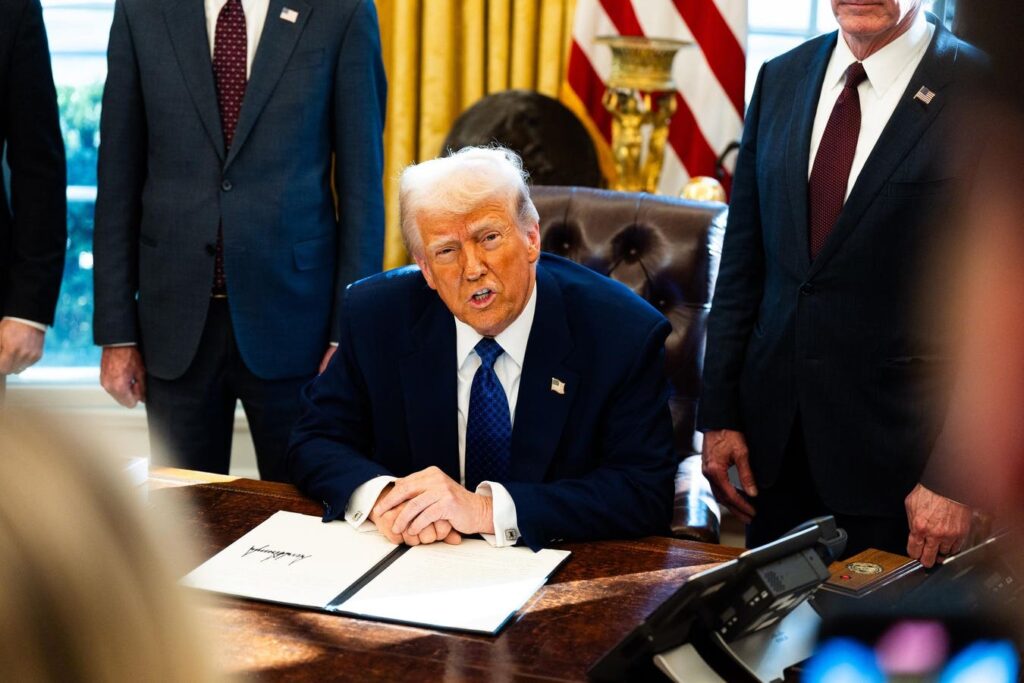U.S. president Donald Trump’s threats of slapping trade tariffs on major international partners, imposing additional sanctions on Iran, and raising the prospect of bypassing Europe to settle the Russia-Ukraine war directly with Moscow continue to hang over the global oil markets.
The Brent front-month crude oil contract traded within a range of $74.19 to $75.35 per barrel on Monday, having opened in the U.S. at $74.67 per barrel, while the West Texas Intermediate traded within a range of $70.12 to $71.40 per barrel, having opened at $70.70 per barrel.
Both benchmarks hardly moved last week as well, with the president’s words and actions having created a fair bit of uncertainty, accompanied by pretty cagey trading both in Europe and Asia.
A settlement of the Russia-Ukraine war, no matter how half-baked, will likely be price negative for crude oil trading, with an expectation of additional Russian barrels coming on to the market in a post-war setting.
Similarly, an escalation of international trade wars on account of tariffs imposed by the White House on key global trading partners and their subsequent response, will also be price negative with connotations of depressed demand due to lower economic activity.
Meanwhile, additional sanctions on Iran may be deemed as price positive if they are seen to hurt Tehran’s capabilities to get their crude off to the market, with China being the Islamic Republic’s main reported buyer of crude.
The market is therefore searching for much need directional clarity, which, so far, has evaded it. That’s after oil prices hit a three-month high on January 10 with Brent touching $80.
Donald Trump And Crude Market Fundamentals
The rally proved to be short-lived because the wider market fundamentals remain weak alongside anything else the U.S. president may or may not do. For starters, the wider market consensus, including among Chinese commentators, is that China’s demand may plateau before the end of the decade.
As such, this will likely be a blow for the global crude market because China accounted for 50% of global oil demand growth between 2000 and 2023. That is bang on averaging an annual increase of 518,000 barrels per day, according to the Energy Institute’s 2024 Statistical Review of World Energy.
Such a performance is unlikely to be repeated over the next 12 months (and perhaps going forward). Meanwhile, non-OPEC supply is largely expected to rise over the corresponding period. According to the International Energy Agency, non-OPEC+ producers remain on track to increase their output by about 1.5 million bpd in 2025, led by the U.S., Canada, Guyana, Brazil and Argentina.
Downward pressure on oil prices also persists courtesy of a relatively stronger dollar. The Dollar Index rose last month to 108.92 to its highest levels since October 2022. It has since retreated to a level of just above 106.
A stronger dollar makes buying oil relatively dearer for non-U.S. importers, with the greenback being the preferred currency of the global commodity market. This lends further bearish weight that is already proving hard for global oil markets to lose, regardless of anything bearish Donald Trump may do over the coming weeks.
Read the full article here
















